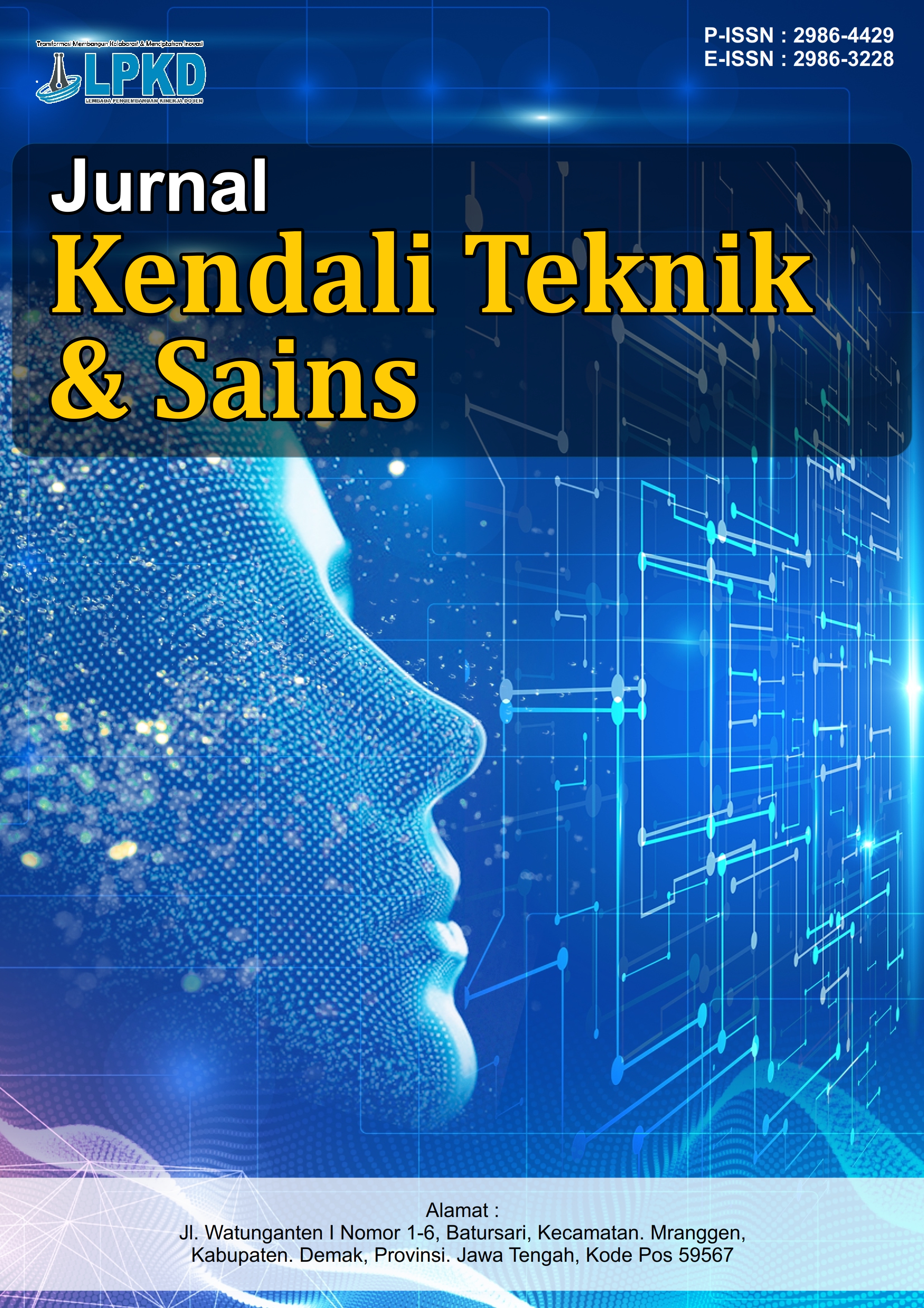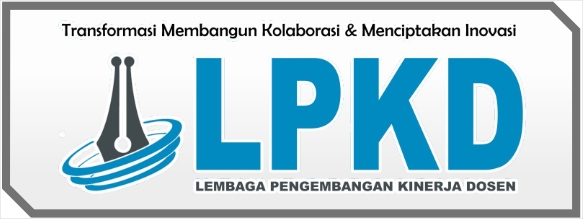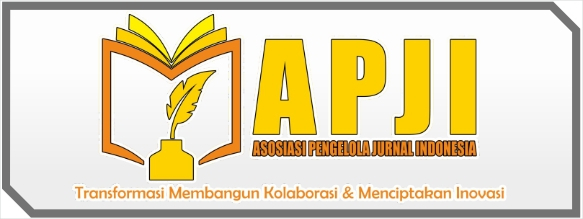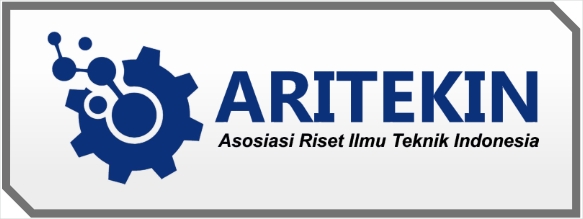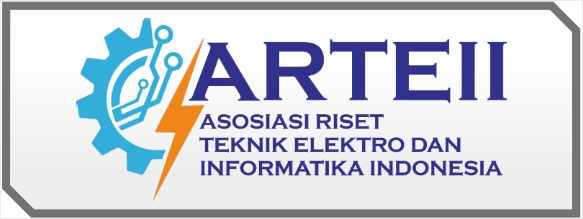Analisis Pengaruh Penggunaan Air Deck Terhadap Ground Vibration pada Aktivitas Peledakan di Pit Sentuk PT Multi Harapan Utama Provinsi Kalimantan Timur
DOI:
https://doi.org/10.59581/jkts-widyakarya.v3i1.4665Keywords:
Air Deck, Ground Vibration, PPV Prediction, Scaled Distance, Powder FactorAbstract
Blasting is an activity that breaks rocks from their parent rock using explosives to create smaller fragments, making the loading and transportation processes easier. One of the environmental impacts of blasting activities is ground vibration. Ground vibration is one of the outcomes of blasting activities, and it is measured using the PPV (Peak Particle Velocity) value. Ground vibration can become a problem for companies if it exceeds the safe vibration quality standard (SNI 7571: 2010), as it can pose a danger to humans and nearby buildings. The Air Deck is an air column in the blast hole that aims to reduce energy vertically, this method can reduce the use of explosives. This research was conducted at the Sentuk Pit of PT. Multi Harapan Utama in East Kalimantan. Observations were made during 42 blast events to determine the impact of the air deck method on the resulting vibration. During the study, the maximum PPV value was 13.87 mm/s, while the minimum PPV value was 1.13 mm/s. The average ground vibration measurement value for non-air deck blasting was 4.40 mm/s, while the average ground vibration measurement value for air deck blasting was 3.95 mm/s. The use of this method also reduced the powder factor value. For non-air deck blasting, the average powder factor value was 0.26 kg/m³, and for air deck blasting, the powder factor value was 0.20 kg/m³, resulting in a 23.08% reduction in explosive usage. To calculate the predicted PPV, scaled distance calculations were used. Based on the predicted PPV calculation results, the deviation from the actual PPV was 1.59 mm/s.
References
Hidayat, R., Asof, M., & Mukiat. (2019). Kajian aplikasi bottom air deck pada peledakan overburden di PT Bukit Asam, Tbk. Jurnal Pertambangan, 3(2).
Jhanwar, J. C. (2011). Theory and practice of air-deck blasting in mines and surface excavations: A review. Geotech Geol Eng.
Jhanwar, J. C., & Jethwa, J. L. (2000). The use of air decks in production blasting in an open pit coal mine. Kluwer Academic Publishers.
Kabwe, E. (2016). Improving collar zone fragmentation by top air-deck blasting technique. Geotech Geol Eng. https://doi.org/10.1007/s10706-016-0094-7
Koesnaryo, S. (1988). Bahan peledak dan metode peledakan. Fakultas Teknologi Mineral, UPN Veteran, Yogyakarta.
Konya, C. J. (1995). Blast design. International Development Corporation, Montville, Ohio, USA.
Konya, C. J., & Walter, E. J. (1991). Rock blasting and overbreak control. National Highway Institute.
Moelhim, K. (1990). Teknik peledakan. Laboratorium Geoteknik, Pusat Antar Universitas Ilmu Rekayasa, Universitas Teknologi Bandung, Bandung.
SNI 7571:2023. (2023). Baku tingkat getaran peledakan pada kegiatan peledakan tambang terbuka terhadap bangunan. Badan Standar Nasional Indonesia, Bandung.
Stiehr, J. F. (2011). ISEE Blasters’ Handbook (18th ed.). International Society of Explosives Engineers, USA.
Sunaryadi, T. A. (2011). Penyusunan program aplikasi komputasi perancangan peledakan pada tambang terbuka dengan menggunakan bahasa pemrograman Visual Basic 6 (Disertasi Doktoral, UPN "Veteran" Yogyakarta).
Wulansari, A. D. (2014). Efektivitas penerapan metode pembelajaran student teams achievement divisions dan team assisted individualization pada materi regresi linier. Cendekia: Jurnal Kependidikan dan Kemasyarakatan, 12(1), 155–173.
Downloads
Published
How to Cite
Issue
Section
License
Copyright (c) 2024 Jurnal Kendali Teknik dan Sains

This work is licensed under a Creative Commons Attribution-ShareAlike 4.0 International License.

